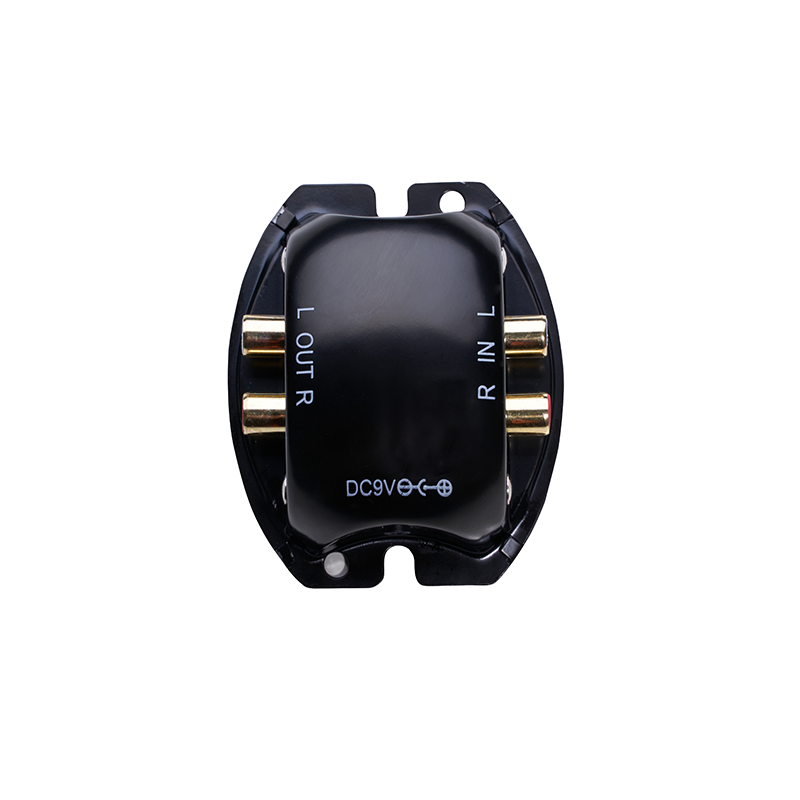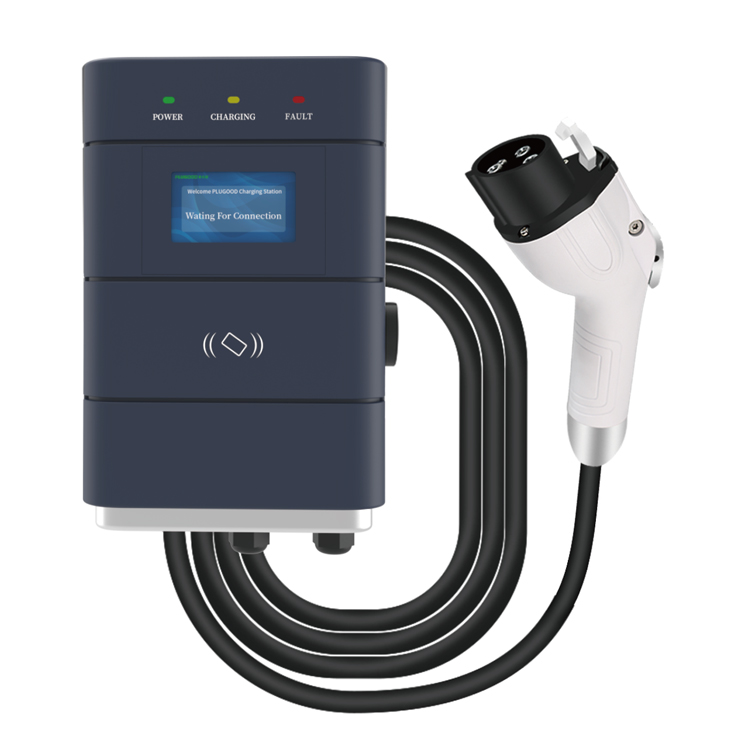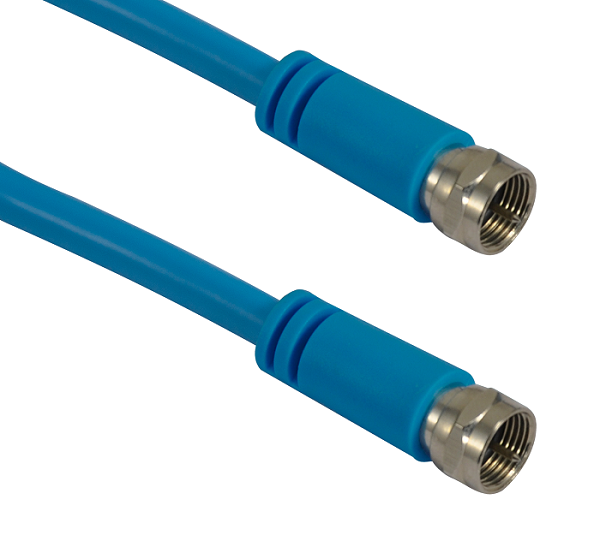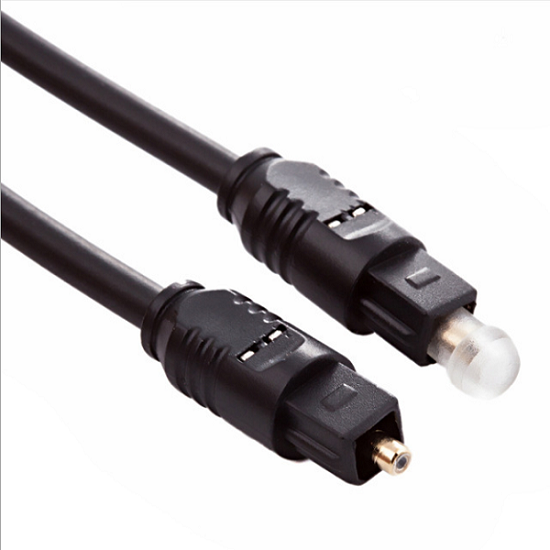The sink marks on the injection molded parts are shrinkage marks caused by the cooling and hardening of the plastic, mainly found in the thick-walled positions, ribs, casings, the back of the nut inserts, etc. What is the main reason for the sink marks? How should we solve this problem?
1. In terms of equipment
(1) Insufficient supply.
The screw or plunger is seriously worn, and the molten material leaks during injection and pressure holding, which reduces the filling pressure and material volume, resulting in insufficient molten material.
(2) The nozzle hole is too large or too small.
If it is too small, it is easy to block the feeding channel, and if it is too large, the shooting force will be small and it will be difficult to fill the mold.
2. In terms of mold
(1) The gate is too small or the runner is too narrow or shallow, the runner efficiency is low, the resistance is large, and the melt is cooled prematurely
The gate should not be too large, otherwise the shear rate will be lost, the viscosity of the material will be high, and the product will not be full. The gate should be set up in the thick-walled part of the product. The necessary cold slug wells with sufficient capacity are set up in the runner to remove the cold slug from entering the cavity and make the filling continue.
(2) For multi-gate molds, it is necessary to adjust the filling speed of each gate, and it is best to set up gates symmetrically.
(3) The key position of the mold should be effectively set with cooling water channels to ensure that the cooling of the mold is with a good effect on eliminating or reducing shrinkage.
(4) The entire mold should be free of sharps and have reliable mold clamping and sealing, and can withstand high-pressure, high-speed, low-viscosity melt filling.
3. In terms of molding process
(1) Increase the injection pressure, holding pressure, and prolong injection time.
(2) Increasing the injection speed can more easily fill the part and eliminate most of the shrinkage.
(3) For thin-walled plastic parts, the mold temperature should be increased to ensure smooth material flow; for thick-walled plastic parts, the mold temperature should be reduced to accelerate the curing and molding on the surface of the parts.
(4) Extending the cooling staying time of the plastic part in the mold, maintaining a uniform production cycle, increasing the back pressure, and retaining a certain buffer at the front of the screw are all conducive to reducing shrinkage.
(5) Low-precision products should be ejected out from the mold as soon as possible to cool them slowly in air or hot water, which can make the shrinkage and dents smooth without affecting to use.
4. In terms of raw materials
The raw material is too soft and easy to be with dents. The effective method is to add a nucleating agent to the plastic to accelerate the crystallization.
5. In terms of product design
The design of the product should make the wall thickness uniform, and try to avoid the change of the wall thickness. For plastics with large shrinkage such as polypropylene, when the thickness change exceeds 50%, it is best to take the thickened parts to ribs instead .
 English
English  Esperanto
Esperanto  Afrikaans
Afrikaans  Català
Català  שפה עברית
שפה עברית  Cymraeg
Cymraeg  Galego
Galego  Latviešu
Latviešu  icelandic
icelandic  ייִדיש
ייִדיש  беларускі
беларускі  Hrvatski
Hrvatski  Kreyòl ayisyen
Kreyòl ayisyen  Shqiptar
Shqiptar  Malti
Malti  lugha ya Kiswahili
lugha ya Kiswahili  አማርኛ
አማርኛ  አማርኛ
አማርኛ  Bosanski
Bosanski  Frysk
Frysk  ភាសាខ្មែរ
ភាសាខ្មែរ  ქართული
ქართული  ગુજરાતી
ગુજરાતી  Hausa
Hausa  Кыргыз тили
Кыргыз тили  ಕನ್ನಡ
ಕನ್ನಡ  Corsa
Corsa  Kurdî
Kurdî  മലയാളം
മലയാളം  Maori
Maori  Монгол хэл
Монгол хэл  Hmong
Hmong  IsiXhosa
IsiXhosa  Zulu
Zulu  Lëtzebuergesch
Lëtzebuergesch  Malagasy
Malagasy  Punjabi
Punjabi  پښتو
پښتو  Chichewa
Chichewa  Samoa
Samoa  Sesotho
Sesotho  සිංහල
සිංහල  Gàidhlig
Gàidhlig  Cebuano
Cebuano  Somali
Somali  Тоҷикӣ
Тоҷикӣ  O'zbek
O'zbek  Hawaiian
Hawaiian  سنڌي
سنڌي  Shinra
Shinra  Shinra
Shinra  Հայերեն
Հայերեն  Igbo
Igbo  Sundanese
Sundanese  Yoruba
Yoruba  Español
Español  Português
Português  русский
русский  Français
Français  日本語
日本語  Deutsch
Deutsch  tiếng Việt
tiếng Việt  Italiano
Italiano  Nederlands
Nederlands  ภาษาไทย
ภาษาไทย  Polski
Polski  한국어
한국어  Svenska
Svenska  magyar
magyar  Malay
Malay  বাংলা ভাষার
বাংলা ভাষার  Dansk
Dansk  Suomi
Suomi  हिन्दी
हिन्दी  Pilipino
Pilipino  Türkçe
Türkçe  Gaeilge
Gaeilge  العربية
العربية  Indonesia
Indonesia  Norsk
Norsk  تمل
تمل  český
český  ελληνικά
ελληνικά  ελληνικά
ελληνικά  український
український  Javanese
Javanese  فارسی
فارسی  தமிழ்
தமிழ்  తెలుగు
తెలుగు  नेपाली
नेपाली  Burmese
Burmese  български
български  ລາວ
ລາວ  Latine
Latine  Қазақша
Қазақша  Euskal
Euskal  Az?rbaycan
Az?rbaycan  Slovensky jazyk
Slovensky jazyk  Македонски
Македонски  Lietuvos
Lietuvos  Eesti Keel
Eesti Keel  Română
Română  Slovenski
Slovenski  मराठी
मराठी  Srpski језик
Srpski језик 










